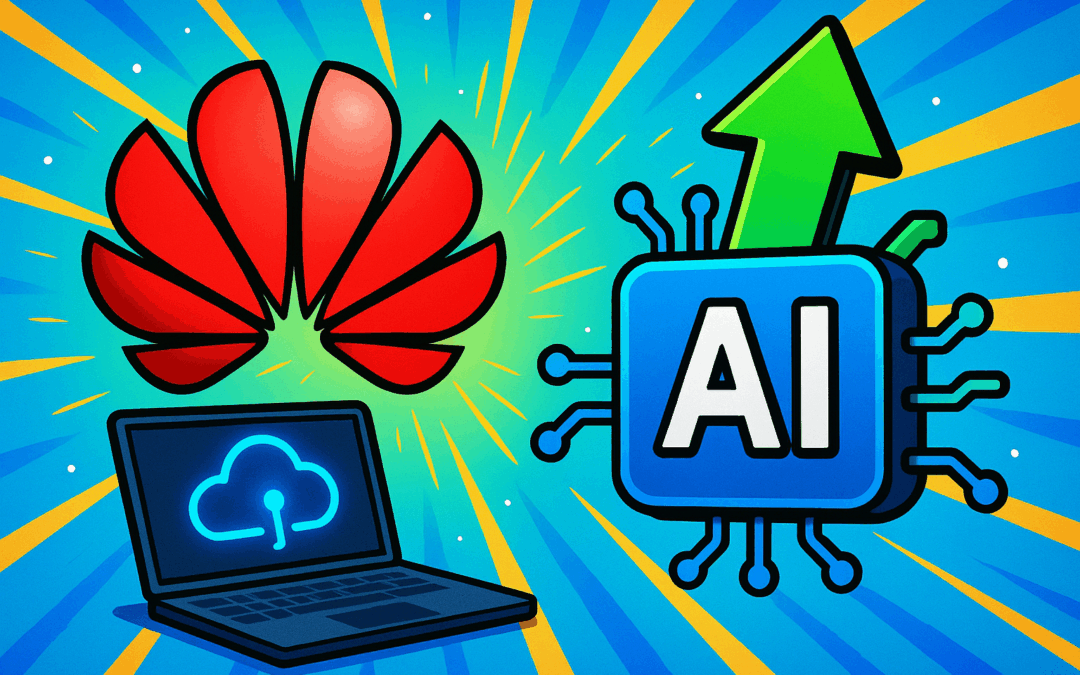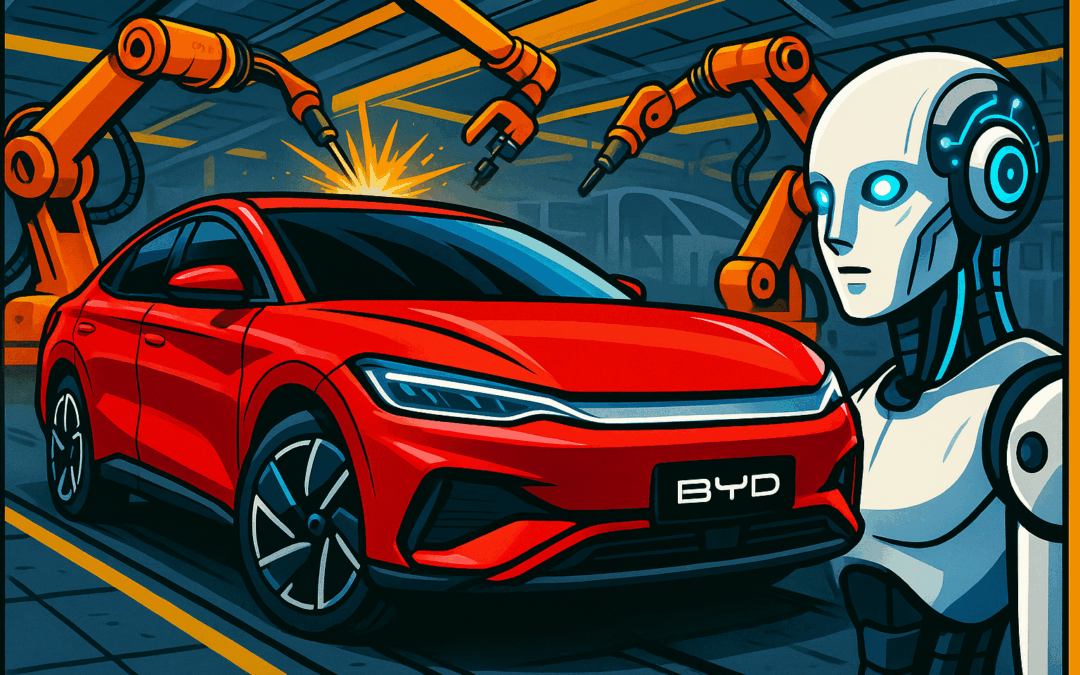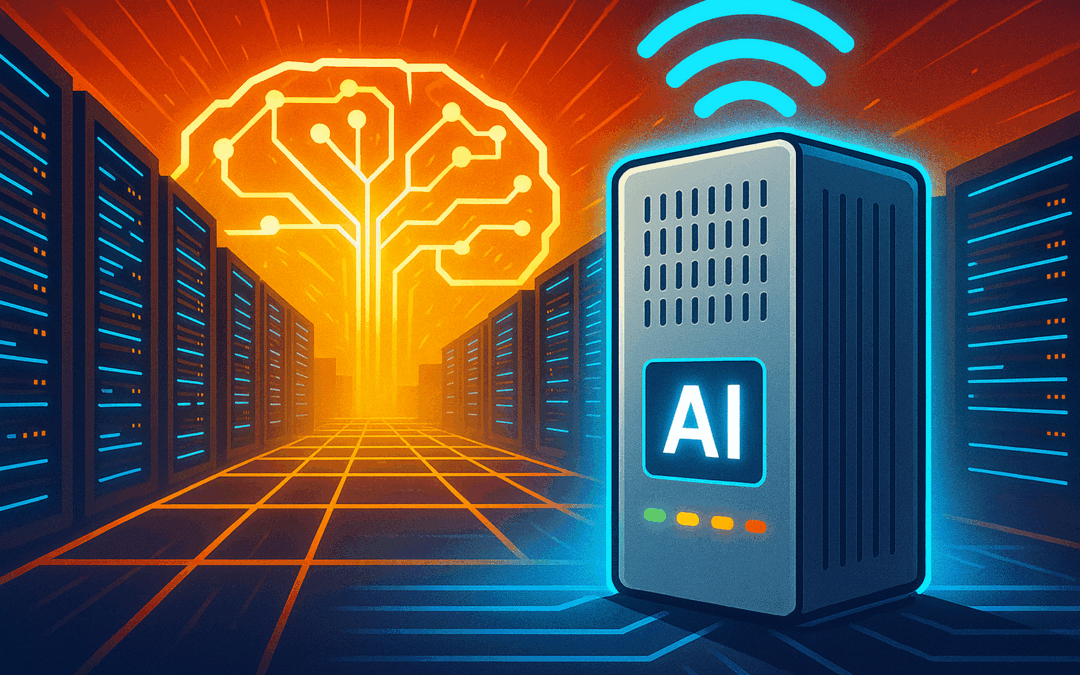The increasing deployment of generative AI, LLMs, and advanced machine learning has exposed major bottlenecks in data center infrastructure, particularly around network hardware.
Cisco has responded by unveiling new AI-focused data center routers aimed at eliminating these infrastructure limitations.
This shift highlights a critical evolution for enterprises scaling AI applications and for developers optimizing platforms for next-gen AI workloads.
Key Takeaways
- AI deployments expose networking bottlenecks in global data centers, outpacing legacy hardware capacity.
- Cisco launches new AI-optimized data center routers, addressing ultra-high bandwidth demands for generative AI and LLM training.
- Enhanced infrastructure enables smoother multi-GPU scaling and reduces latency for enterprise AI applications.
- Optimized networks accelerate AI innovation but require new skills from developers and IT professionals.
- Startups and enterprises investing in AI need to audit their data pipelines and consider upgrading networking layers to unlock full AI potential.
AI’s Infrastructure Challenge: Why Routers Now Matter
Recent surges in generative AI deployments have underscored a key reality: legacy data center networks cannot keep up with the vast data traffic produced during LLM training and inference.
Platforms like ChatGPT and Google Gemini drive petabytes of traffic, demanding unprecedented compute and bandwidth.
“AI conducts massive data exchanges across GPUs, and any network slowdown immediately throttles model performance and return on investment.”
Cisco’s new AI data center routers specifically address these demands, offering support for 800G Ethernet and advanced telemetry to maintain visibility across complex AI workloads. According to
reporting from The Register, these routers can move up to 57 Tbps, handling the scale required by hyperscale AI clusters.
What This Means for Developers and AI Architects
Reliable high-bandwidth, low-latency backbone is now a baseline requirement for LLM and generative AI projects. Scaling from single-GPU proofs-of-concept to multi-GPU, multi-node training depends critically on network speed and stability.
“Developers building on outdated network stacks will see compute investments wasted—network lag becomes the new bottleneck as AI models scale.”
IT professionals and system architects should immediately assess existing bandwidth and switch/router capabilities, especially before investing in additional GPUs or storage for AI workloads.
Cisco’s move signals a broader industry momentum: future-ready data centers must prioritize AI networking needs as highly as compute.
Strategic Implications for Startups and Enterprises
Startups developing AI products are now forced to consider networking as a core part of their technical design and stack selection.
Bottleneck-free infrastructure is a competitive edge—faster inference, higher availability, and the ability to rapidly iterate models.
Enterprises scaling AI initiatives should align hardware investments with AI roadmap requirements. This means tighter collaboration between AI/ML teams and network engineering—a shift away from siloed procurement.
“Upgrading to AI-optimized routers transforms AI deployment from a pilot project into a production-ready core capability.”
What’s Next in AI-Ready Data Center Networking?
Meta, Google, and Amazon already invest heavily in internal networking advancements for AI workloads—as acknowledged by multiple industry reports, including Data Center Dynamics.
Cisco’s announcements bring similar infrastructure to a wider market, enabling both startup and enterprise adoption of LLM-powered applications.
AI professionals must continually monitor network innovations.
Optimal generative AI and large model performance is no longer gated by GPUs alone—future advantage relies on fast, smart, elastic data center fabrics.
Source: Artificial Intelligence News











